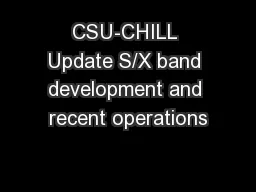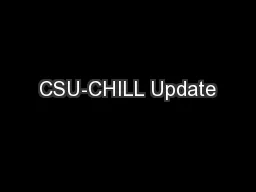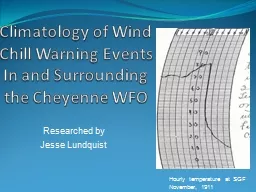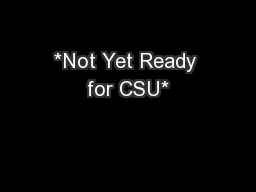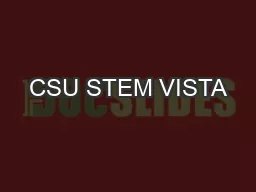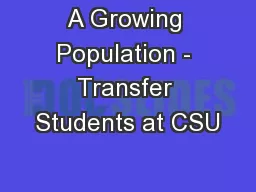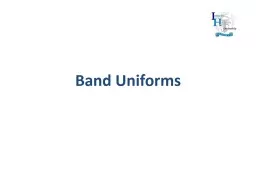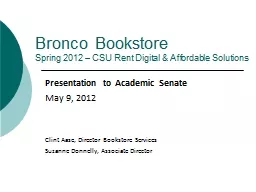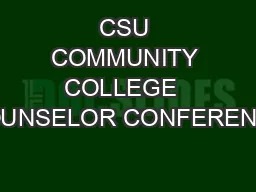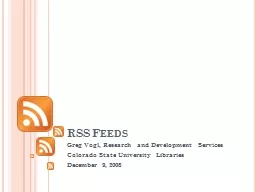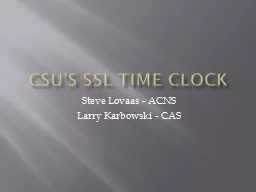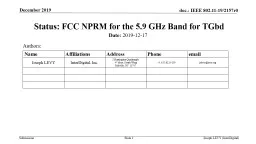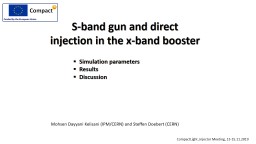PPT-CSU-CHILL Update S/X band development and recent operations
Author : yoshiko-marsland | Published Date : 2018-03-07
Solid State transmitter project CSUCHILL Radar Architecture Antenna Radome Radar Trailer Signal Processor Antenna Servos Dual Transmitters Dual Receivers Waveform
Presentation Embed Code
Download Presentation
Download Presentation The PPT/PDF document "CSU-CHILL Update S/X band development an..." is the property of its rightful owner. Permission is granted to download and print the materials on this website for personal, non-commercial use only, and to display it on your personal computer provided you do not modify the materials and that you retain all copyright notices contained in the materials. By downloading content from our website, you accept the terms of this agreement.
CSU-CHILL Update S/X band development and recent operations: Transcript
Download Rules Of Document
"CSU-CHILL Update S/X band development and recent operations"The content belongs to its owner. You may download and print it for personal use, without modification, and keep all copyright notices. By downloading, you agree to these terms.
Related Documents

